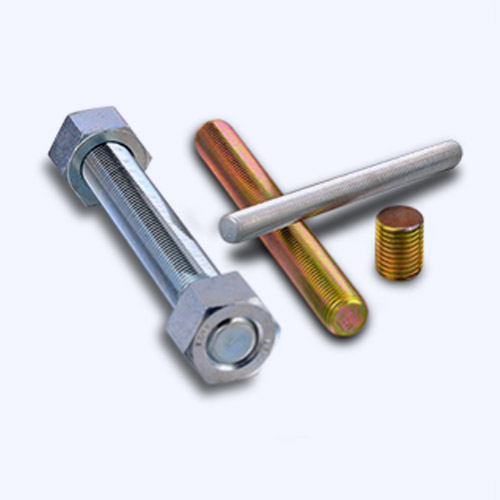Dec . 21, 2024 19:14 Back to list
anchor fastener size
Understanding Anchor Fastener Size A Guide for Builders and DIY Enthusiasts
When it comes to construction and home improvement projects, the importance of selecting the correct anchor fastener size cannot be overstated. Anchor fasteners play a crucial role in securing objects to various surfaces, ensuring stability and safety. This guide will explore the significance of anchor fastener size, factors to consider when choosing them, and best practices for their optimal use.
What is an Anchor Fastener?
Anchor fasteners are devices used to attach objects to a variety of materials, like concrete, drywall, or masonry. They are available in various styles, including expansion anchors, wedge anchors, and sleeve anchors, each designed for specific applications. The size of these fasteners is essential because it influences their strength, load-bearing capacity, and overall effectiveness in a project.
The Importance of Anchor Fastener Size
Choosing the correct anchor fastener size is vital for several reasons
1. Load Capacity The size of the anchor directly affects its load-bearing capabilities. A fastener that is too small for the application may fail under stress, potentially leading to accidents or damage. Therefore, it is crucial to choose anchors that match the weight of the object being secured.
2. Material Compatibility Different materials require different types and sizes of anchors. For instance, a heavier fixture in concrete will demand a larger, more robust anchor than a lightweight picture frame hung on drywall. Understanding the compatibility of anchor size with the material is essential for ensuring durability and safety.
3. Installation Ease Larger anchors often require more drilling and effort to install. However, if the anchor size is well-suited to the task and material, it can ease the installation process, resulting in a more efficient workflow on the job site or during home repairs.
Factors to Consider When Choosing Anchor Fastener Size
Several critical factors should be assessed when selecting the size of anchor fasteners
anchor fastener size

1. Weight of the Object Always consider the weight of the item being anchored. Heavier objects necessitate larger, stronger anchors, while lighter items can be secured with smaller fasteners.
2. Surface Material The type of material being drilled into is another crucial factor. For example, masonry requires a different anchor size and type than drywall or wood. Each material has unique characteristics that affect how anchors perform.
3. Environment Consider the environment where the anchor will be used. For outdoor applications exposed to moisture or temperature fluctuations, corrosion-resistant materials and properly sized anchors are essential to ensure longevity.
4. Load Type Whether the load is static or dynamic can influence your choice. Dynamic loads, such as swings or weight-bearing fixtures, may need larger anchors because they experience shifting forces.
Best Practices for Using Anchor Fasteners
1. Follow Manufacturer Guidelines Always refer to the specifications provided by the anchor manufacturer. They typically include recommended sizes based on various load capacities and materials.
2. Test Results If feasible, conduct tests to confirm that the chosen anchor size performs adequately under expected loads. This can be especially important for unique applications or prior to major installations.
3. Ensure Proper Installation Proper installation is key to maximizing the performance of your anchors. Follow the recommended procedures for drilling, embedding, and securing the anchors to avoid common mistakes that could lead to failure.
4. Safety First Ensure that all installations meet local building codes and safety standards. If in doubt, consulting with a professional can provide peace of mind and ensure that the project is completed safely.
Conclusion
In conclusion, the size of anchor fasteners is a critical aspect that affects stability, safety, and the success of a project. By understanding the different factors that influence anchor size selection and adhering to best practices, both builders and DIY enthusiasts can achieve effective and secure installations. Always remember that a little extra attention to detail in choosing the right size can lead to significant benefits in the long run.


